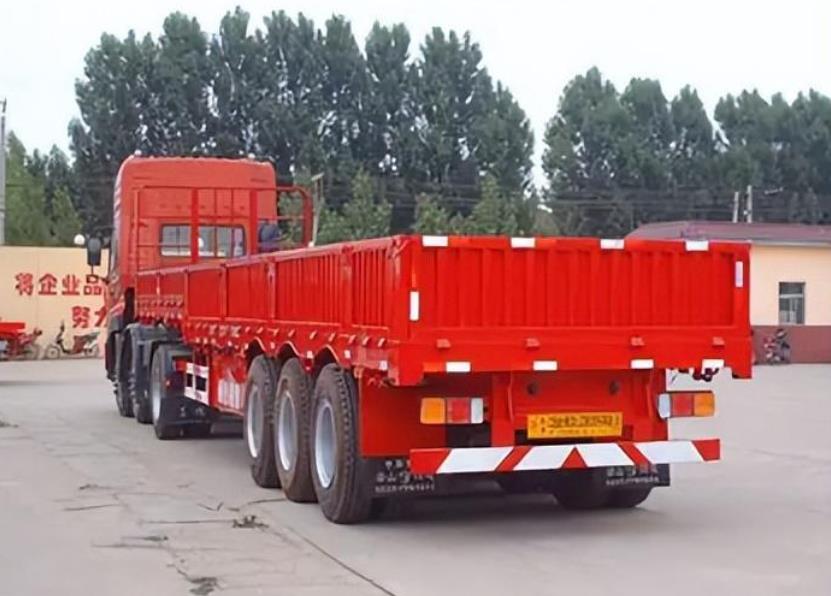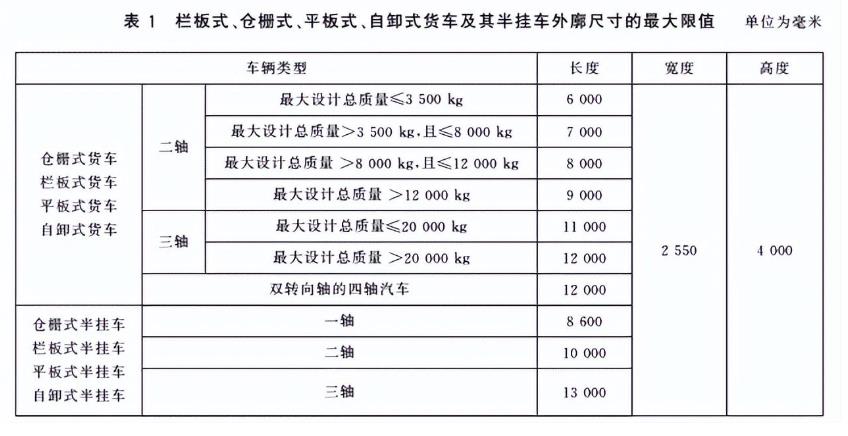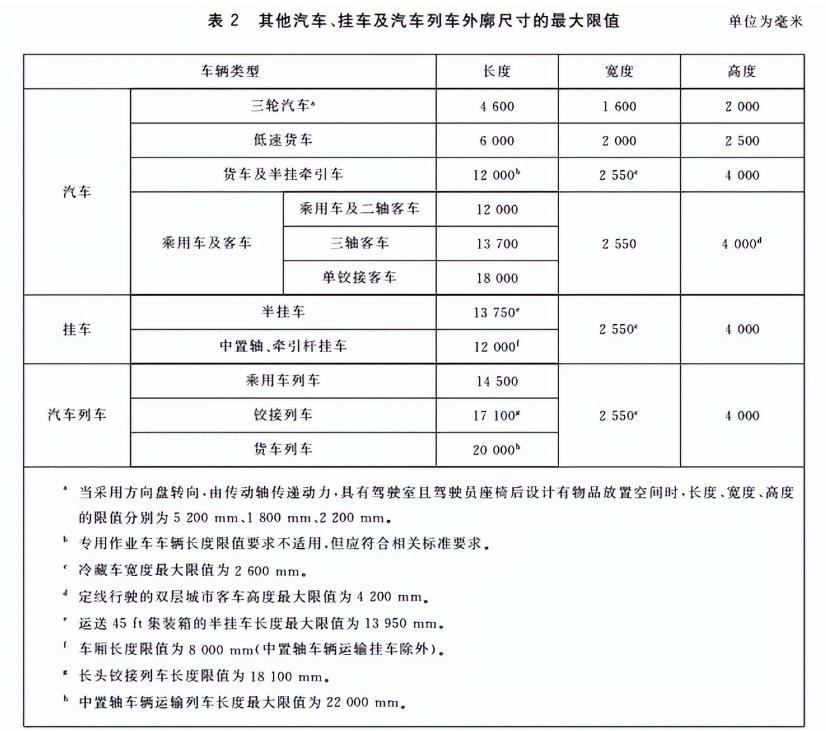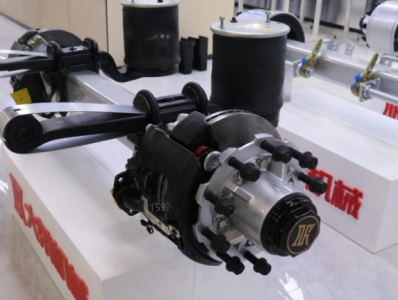How much of a trailer outside dimension error is not a violation?
Trailer is one of the most used models in the domestic freight industry. Compared with other freight models, trailer has the characteristics of high transportation efficiency and low transportation cost. With the introduction and update of relevant standards, the requirements for trailer transportation have become increasingly stringent.

1. Definition of various trailer models
1. Warehouse grid truck/semi-trailer
The structure of the loading part is cage type or fence type and independent from the cab of the truck/semi-trailer, the top of the loading part should be installed with the side fence fixed, can not be removed and adjusted ceiling pole.
2, pallet truck/semi-trailer
Truck/trailer of the structure of the loading part is a pallet, including pallet truck/semi-trailer having a truck mounted lifting device, but excluding truck/trailer having a dump device.

3, flatbed truck/semi-trailer
A truck/semi-trailer with a flat plate structure and no railings on the bottom plate of the loading part.
4, dump truck/semi-trailer
Truck/semi-trailer with rail-plate structure and automatic tipping device.
5, low plate special semi-trailer
The semi-trailer for the transport of non-removable large objects mainly has the following structural and technical characteristics:
The nominal section width of the tire shall not exceed 8.25in or 245mm;
The connection with the tractor is gooseneck;
The height of the bearing surface from the ground of the cargo platform is not more than 1150mm.
6, long head semi-trailer tractor
A semi-trailer tractor that meets the following conditions:
More than half of the engine body is located in front of the front windscreen glass;
The center of the steering wheel is located after the first quarter of the total length of the cab of the vehicle;
The center line of the front axle is located before the front windscreen.
7. Long-head hinge train
A hinged train consisting of a long-headed semi-tractor and a semi-trailer.
8. Middle axle trailer
The traction device cannot be moved vertically, the trailer axle is located close to the center of gravity of the trailer trailer, such vehicles only small vertical static load acting on the tractor, not more than 10% of the maximum mass of the trailer or 10000N load (whichever is the smaller value), one or more axes can be driven by the tractor.
9. Middle axle vehicle transport trailer
A mid-axle trailer with single or multiple cargo platforms for loading transport vehicles.
10. Middle axle vehicle transport train
A car train consisting of a freight car and a mid-axle trailer with single or multiple cargo platforms for loading transport vehicles.
11. Passenger car train
Combination of passenger car and mid-axle trailer.
12. Freight train
Combination of truck and drawbar trailer or center axle trailer.
13, special operation car
A specialized device or appliance designed and manufactured for a specific operation, excluding motor vehicles whose primary purpose is to carry persons or goods.
2. Outer dimension limit
Other requirements on the vehicle's exterior dimension: the single-side extension of the indirect visual field device of the vehicle should not exceed the width of the vehicle by 250mm; the height of the vehicle should not be exceeded by 300mm when the top window and the ventilation device of the vehicle are open; the distance between the rear axle of the vehicle and the front axle of the drawbar trailer should not be less than 3000mm.


For the outline size of the trailer, under normal circumstances, the allowable error range of ±1% or ±50mm, that is, ≤1% or ≤50mm, beyond this error range is a violation of the scope.
In addition, the allowable range of the empty weight error of freight vehicles is ±3%, beyond this range will not be registered and will be reported as a violation of the product.
3. Total quality limit
According to the regulations of GB1589 "Automobile, Trailer and automobile train exterior size, axle load and mass limit", the maximum allowable total mass limit of one-axle semi-trailer is 18t, the limit of two-axle semi-trailer is 35t, and the limit of three-axle semi-trailer is 40t. The maximum allowable total mass limit of two-axle drawbar trailer is 18t; The limit of one axle axle trailer is 10t, the limit of two axes is 18t, and the limit of three axes is 24t. The maximum allowable total mass limit is 27 for three-axle automobile trains, 36t for four-axle automobile trains, 43t for five-axle automobile trains, and 49t for six-axle automobile trains.

4. Maximum allowable shaft load limit
Axle load refers to the load borne by the trailer axle. Regarding the load mass of the axle load, it is generally indicated on the certificate of the vehicle that the force makes each tire wear evenly, meets the main performance requirements of the vehicle, and also takes into account the layout of the vehicle.
For other types of trailer axles, the maximum allowable axle load should not exceed the number of axle tires multiplied by 3000kg.
If the owner's vehicle is a special operation vehicle, its size and load limits can be referred to the following table:
The maximum allowable shaft load of each shaft does not exceed 13000kg; The maximum allowable total mass should not exceed 55000kg.







